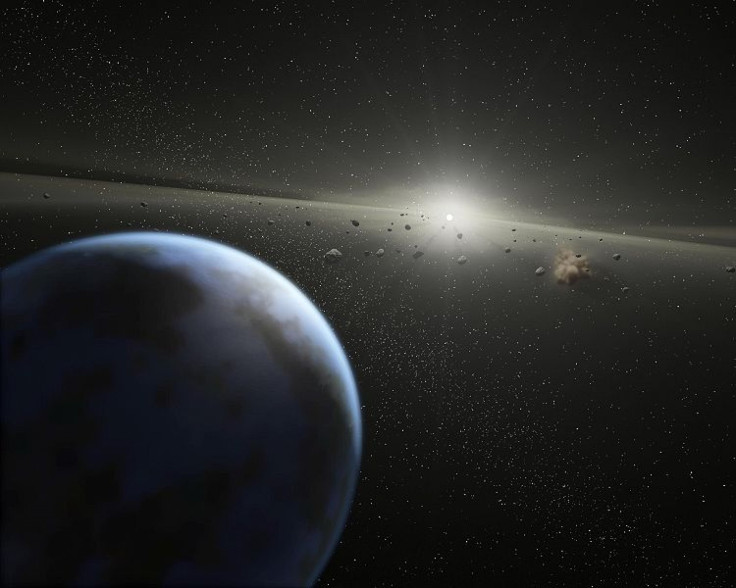UN Mounts Asteroid Defense Plan Following ‘Bad Luck’ Of Chelyabinsk Meteor

Astronomers have warned that our planet is long overdue for a defense plan against catastrophic asteroid collisions. When it comes to deflecting Earth-obliterating celestial bodies, short of a superhero capable of punching the approaching rock back into outer space, there is no single force dedicated to stopping cosmic bullies from striking our little blue planet straight in the eye. That’s why the United Nations said it will create an asteroid defense group.
Last week, U.N. officials announced plans to establish an International Asteroid Warning Group to intercept and divert dangerous asteroids. According to Scientific American, should an errant space rock start to move into our traffic lane, the asteroid defense group would collect data from U.N. member nations and coordinate an interception plan. The decision came after members of the Association of Space Explorers, an organization of former astronauts, warned that our planet’s safety is truly in jeopardy.
“No government in the world today has explicitly assigned the responsibility for planetary protection to any of its agencies,” ASE member Rusty Schweickart, who flew on the Apollo 9 mission in 1969, said Friday during a panel discussion at the American Museum of Natural History in New York City. “NASA does not have an explicit responsibility to deflect an asteroid, nor does any other space agency.”
The explosion of an asteroid over Chelyabinsk in Russia earlier this year highlighted the need for more direct lines of defense against near-Earth objects. The meteorite, which entered earth’s atmosphere at a speed of about 12 miles per second, exploded with a force 20 times that of the atomic bomb user over Hiroshima. Nearly 1,200 people were injured, and more than 4,000 buildings suffered damage. As Wired noted, many scientists, including those at NASA, didn’t even know of the Russian meteorite’s existence until they saw their Twitter and Facebook feeds.
“Chelyabinsk was bad luck,” former astronaut Ed Lu said at the conference in New York. “If we get hit again 20 years from now, that is not bad luck, that’s stupidity.”
According to scientists, there are about a million near-Earth asteroids large enough to level a city the size of New York. Professional astronomers are able to detect only a fraction of these dangerous space rocks. Earlier this year, The U.S. House of Representatives Committee on Science, Space and Technology heard testimony from leading astronomers on the threat of near-Earth objects to our planet. Experts noted that there about 20,000 “potentially hazardous” asteroids orbiting within Earth’s vicinity.
Early detection of asteroids is key to stopping them. "It all begins with an observer making observations," Gareth Williams of the Minor Planet Center, which collects data on asteroids and comets and calculates their orbits, told Space.com. "They can be observing known objects, or they can be searching for new objects, but even if they're searching for known objects — just to take a pretty picture or some reason — new objects can come into the field. About one in 1,000 of these new objects turn out to be an object that's moving anomalously when compared to other objects in the frame."
If scientists can smash a deflecting spacecraft into an asteroid five or 10 years before the rock reaches Earth, the device could alter the asteroid’s path enough so that it’ll pass by Earth at a safer distance. “If we don’t find it until a year out, make yourself a nice cocktail and go out and watch,” Schweickart quipped.
© Copyright IBTimes 2024. All rights reserved.






















